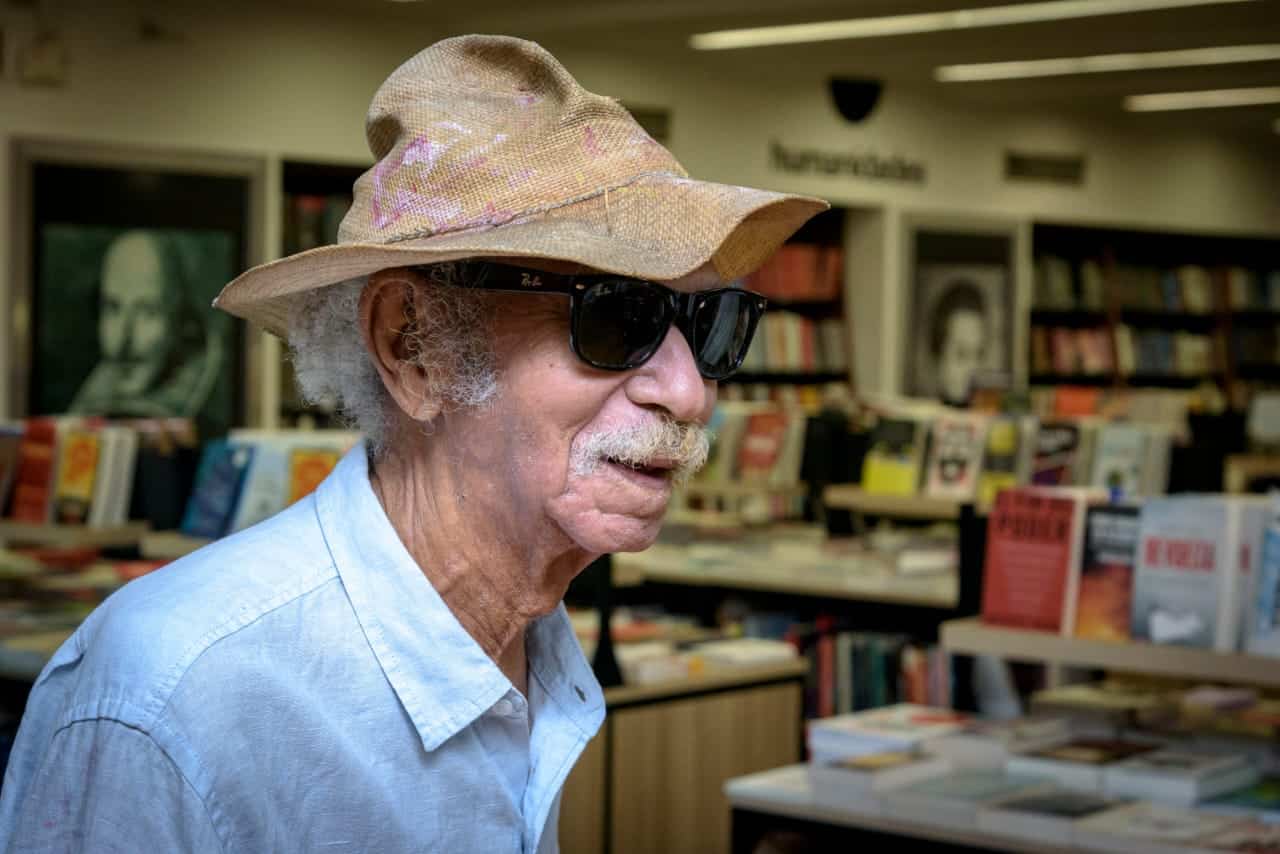Plastic artist José Cestero, a master of painting, dies

Dominican painting has lost one of its greatest exponents. Master José Cestero passed away last night at his home at the age of 88. The information was confirmed to Diario Libre by his friend Rolando Leclerc .
In recent months he had been suffering from health problems, but was being treated at his residence in the Colonial Zone .
For more than 60 years , Cestero was an unstoppable exponent of Dominican visual art in the Expressionist style ; he produced so many works that I'd forgotten how many. The paintings, drawings, photographs, and sculptures he created portrayed everyday life in the capital , where he always lived.
The color yellow stood out in his work and the reason, as he explained in 2022, during a retrospective in his honor at the Museum of Modern Art (MAM), is that it was a reflection of how he lived: happy and carefree .
"The color yellow is a symbol of madness, of clinical pathology; that's what yellow is. That's where Van Gogh's work and that of the great Impressionist painters of ancient Europe came from," he told DL. In politics, he displayed his revolutionary spirit, captured in the painting " Tertulia en el Hostal Nicolás de Ovando 1994 ," in which he converses with Juan Bosch.
He also painted his vision of Joaquín Balaguer , Van Gogh , and the gatherings at the now-defunct La Cafetera .
In 2015, he received the National Prize for Plastic Arts , the highest honor awarded by the Dominican State .
Earlier this year, Cestero sparked concern in a viral video where he was seen clearly neglected and struggling to walk, due to his advanced age. Rolando Leclerc stated at the time that the artist had a support circle that looked out for his well-being and that he received a state pension.

Born on March 19, 1937 in Santo Domingo, Cestero was recognized as a leading exponent of modern art in the Dominican Republic .
His work, characterized by an expressionist style and distinctive use of color , has been exhibited in major international galleries and biennials in the United States, Europe, and Latin America. After graduating from the National School of Fine Arts in 1954, Cestero continued his training in New York before returning to his country, where he became a key figure in the Dominican avant-garde movement.
He was a founding member of the group ' Art and Liberation ', along with artists such as Ada Balcácer , Silvano Lora and Iván Tovar.
In 2015, he received the National Prize for Plastic Arts , the Dominican State 's highest recognition for artistic achievement . Cestero left his mark on the development of contemporary art in the country, with works that explore urban and spiritual themes.
Art critic and Deputy Minister of Culture, Gamal Michelén , praised him as "the paradigm of social narrative and one of the most cultured artists in the country.
TOPICS -
Diariolibre





